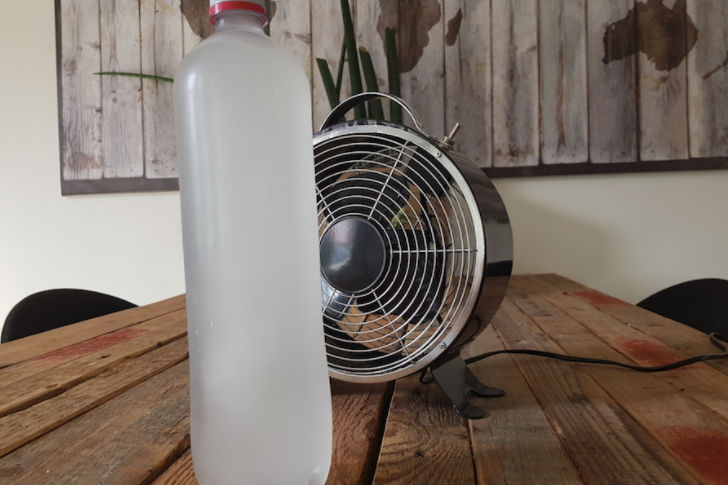Winter is coming, and with it comes higher heating costs. While a rise in heating costs is inevitable because of the colder temperatures, you can affect how much they rise by getting your home ready early. Here are three zones you should check and reinforce to keep your heating costs down.
Windows and Doors
Start by feeling for drafts around your windows and doors. If there is a breeze, then you will need to fix them to prevent the drafts. Otherwise, you will be letting all of your warm air escape, which will cause your furnace to work harder to keep your house warmer, making your heating costs go up.
You can stop the drafts coming through your windows by caulking or weatherstripping them. Weatherstripping can be done a variety of different ways; for instance, you can use weatherstripping tape, tension seal, felt, or foam tape. Look at the different options and figure out which ones work best for your style of windows.
Another way to keep the heat from escaping through your windows is by covering them with plastic insulation. The plastic will stop the cold drafts from coming in by trapping the cold air coming inbetween the window and itself. It also helps keep your house warmer by preventing condensation on your windows and allowing the natural heat from the sun to shine through it.
As for your doors, start by filling in any cracks with epoxy. Make sure you follow the instructions on the bottle to ensure you do it correctly. Next, you will want to weatherstrip them. Before you use the same material you did on your windows, make sure that the type of weatherstripping you’ve chosen works on doors. Once that’s finished, if you are still concerned about drafts, you can buy or make draft snakes to place at the bottom of the doors. Some draft snakes have dips in the middle of them to allow them to slide under the doors, which means you won’t have to remember to kick them back in place every time you open the door.

Walls
Check your exterior walls to make sure they are properly insulated. If they are not, insulate them. If you intend to do this yourself, check your area’s building or construction code books to make sure you buy the right type of insulation. While you are looking at your walls, don’t forget to check your roof and your basement. Otherwise, all of the warm air you’ve been trying to trap will rise and escape through the roof as cold air comes in through your basement walls.
The R-value of your insulation, or how resistant it is to heat moving through it, will vary depending on where you live and how cold it gets in that area. For roofs, the R-value generally falls between R-38 and R-49, but your area’s code books will give you a more accurate number.
Because basement walls tend to be moister than the walls above the ground, you will need to take extra care when you are insulating them to avoid creating environments where mold and rot thrive. According to Mike Reynolds, one of the better ways to insulate your basement is to attach rigid insulation board directly to the concrete walls with some concrete nails or adhesive. Once the insulation is installed, frame the walls with 2x4s and stuff the cavities will mineral wool. The reason you want to use mineral wool is that it will be not lose its R-value and it will hold its shape if your basement suffers from a mild flood. Lastly, you’ll attach the drywall to the studs, cover it with latex paint, and your basement will be good to go.
Heaters
The last zone for you to check is your heater and its components. Clean or replace some of its parts, such as the cooling coils, fans, heat exchangers, and filters to make sure that dirt is not restricting the air flow. Having a restricted air flow will force your furnace to work harder, which means it will cost you more money to warm up your home.
Another thing you can do with your heaters is turn the thermostat down and wear a sweater when you are hanging out in your house. When you are sleeping or leaving the house, turn it down even more. If you can, get a programmable thermostat so you don’t have to worry about forgetting to turn it down.
Finally, when you are trying to heat your house up, don’t turn the thermostat up higher than you want it to be. Turning the thermostat up higher will not make your home heat up any faster, but it might cost you more money if you forget to eventually turn the dial back down.
There you have it; three different zones in your house for you to check and fix up so that you can make the most out of your furnace this winter. Remember, while some of these options may cost you a lot of money up front–for example insulating your home–they will make up for their expense by keeping your heating costs down and saving you money in the long run.



